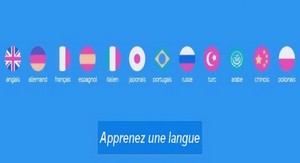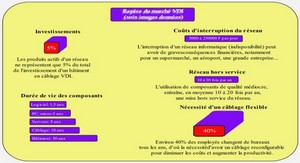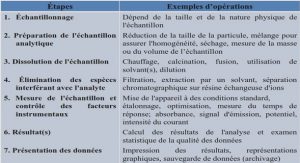Cours apprendre l’anglais technique maîtrisez les conversations en langue anglaise, tutoriel & guide de travaux pratiques en pdf.
THE STORY OF COKE
Dr John Styth Pemberton make it in his backyard, took it to his local pharmacy, and he put it on sale at 5 cents a glass. Hand-painted signs saying ‘Coca-Cola’ appeared outside the store and inside signs invited customers to ‘drink’. But sales didn’t take off. In the first year they averaged just 9 drinks a day.
He thought it would never be very successful and he steadily sold his shares in the business to different partners. In 1888, just before he died, he sold his last shares to Asa G. Candler, a businessman from Atlanta.
He distributed thousands of coupons for a complementary glass of Coca-Cola and he promoted the drink with souvenir fans, calendars, clocks, and novelties ten times their 1888 level.
Coca-Cola had to develop a bottling system and set up plants. The first bottling plant opened in Vicksburg in 1894 and over the next 25 years, the number of plants rose from two to over a thousand.
Other soft drink companies tried to imitate the Coca-Cola taste so the company kept the drink’s package. In 1916, they introduced the first bottle with the famous Coca-Cola shape.
Then the United States joined the war, and the company President gave an order ‘to see that every man in uniform gets a bottle of Coca-Cola for 5 cents, wherever he is and what ever the cost to the company’. As result, Coca-Cola shipped 64 bottling plants abroad during the war. And when the war finished, they were ready to conquer the world .
From the mid 1940s until 1960, the number of countries with bottling plants nearly doubled.
This was the first change in the secret formula since 1886. in pre-launch tests, consumers preferred the new taste. But the tests couldn’t measure their feelings for the brand. Coca-Cola had a special place in their hearts and they didn’t want a change. For the first time in history, sales of Coca-Cola fell. The company responded quickly and marketed the original formula again as Coca-Cola Classic. Sales climbed back up, and continued to grow.
And if you’re not sure what’s the world top selling soft drink is by now; ‘Coke is it’
2. the first sentence in each paragraph of this article is missing. They are all listed below. read the article and decide where each sentence goes.
– Asa Candler had a talent for marketing
– In the 1980s, in the USA only, the company launched a new taste for coke.
– In 1941, there were bottling plants in 44 countries.
– Coca-Cola was invented in Atlanta, Georgia on may 8, 1886.
– So today million of people all over the world are drinking coke.
– The huge increase in the popularity of the drinks led to problems meeting demand.
– Dr Pemberton didn’t see the potential of his new drink.
Notice how the sentences introduce the topic of the paragraphs.
3. work with a colleague . ask and answer questions about the story of Coca-Cola. Use these words.
Who…?when….? why…..?where………?what…..?how………?
Talking about quantity
1- Are these nouns countable ( C), uncountable (U), or the both ( U/C)
Information advice equipment fact job furniture research work paper money man newspaper dollar person news suggestion machinery time help machine experience
2- complete these sentences . use much with uncountable nouns and many with countable nouns.
– How ————–equipment do you need?
– I’m afraid I can’t give you ————information about that.
– There aren’t’————machines working today.
– We haven’t got —————-money left.
– How————–yen are there to the dollar?
– How ————people were their at the meeting ?
– Are there ————jobs left to do?
– I haven’t done———–work today.
– How ————-times have you been to England?
– How ————–time can I spend on this projects?
Apprendre l’anglais technique (770.43 KB) (Cours PDF)





